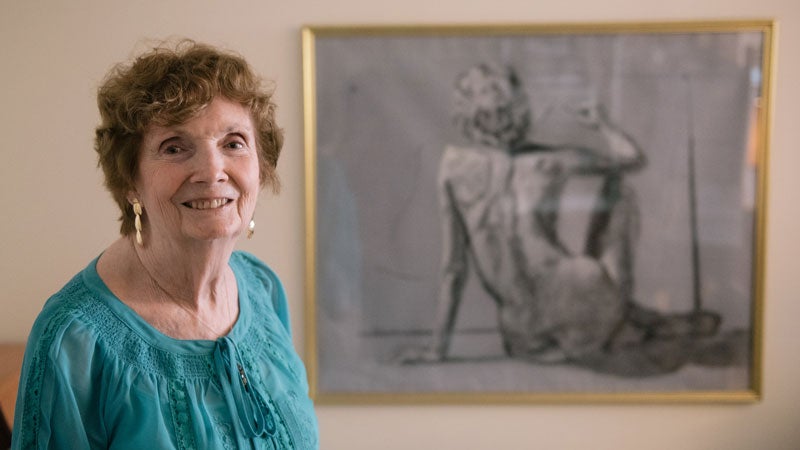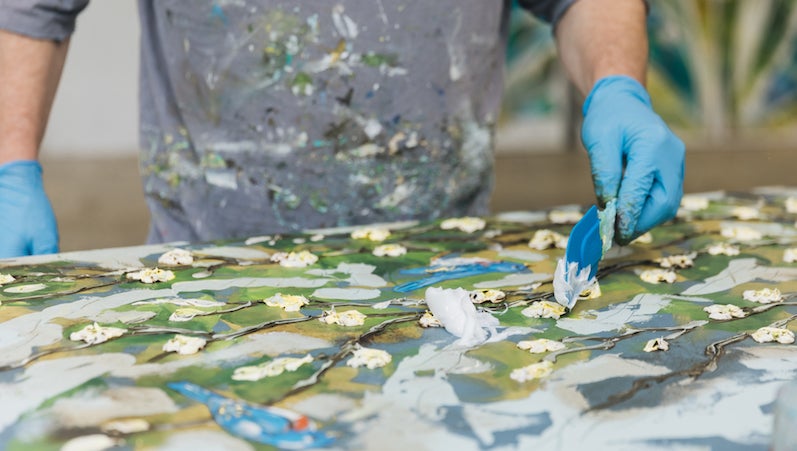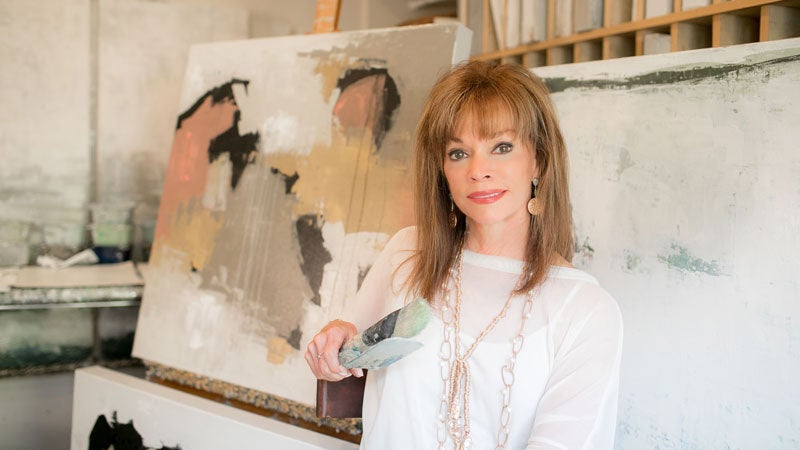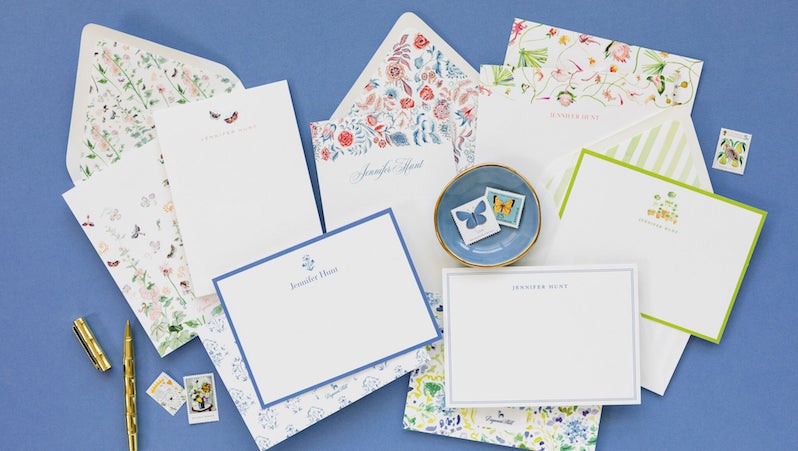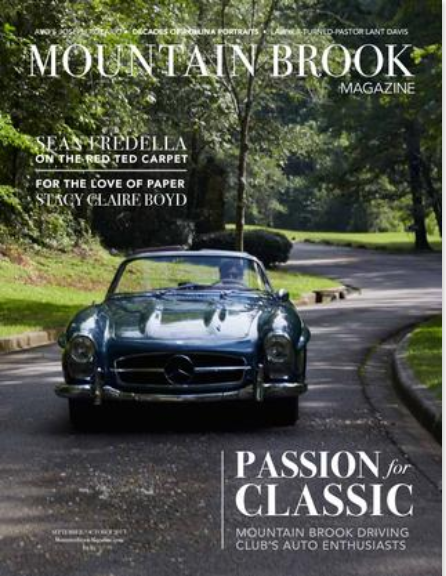Rollina Oglesbay pulls out the sketchbook she carries with her everywhere, just one in a collection of hundreds. It’s filled with drawings of live models ranging from family members to strangers at the airport. “This one was when I was on a trip and it was on a bus,” she reflects on one of her sketches. “That’s why it’s so bumpy and that was done with ink, too.”
Rollina’s artistic career spans over 30 years. She can’t remember a time when she wasn’t interested in drawing. “When I was 10, I used to try to copy the movie stars out of the magazines,” she says. While she’s dabbled in many artistic mediums over the years, she prefers to draw portraits and will only use live models.
“When you’re painting from a photograph all of a sudden your mind says [about the drawing], ‘Oh that [drawing] is not exactly like the photograph,’” she says. “Well that’s not what you want. The photograph is to give you a start, but then you need to put it away and go ahead and paint and let the painting tell you what to do because as you get into a drawing or a painting it starts talking to you.”
Rollina describes her immersion in her work as “a high.” “The more I do, the higher I get,” she says. “The more I see, the better I get. And when I get home, it takes me a while to come down.”
“You get lost in the painting and time passes by so rapidly and so well [that] you feel so much better when you finish,” she continues. “It makes you feel good and I just read…drawing and painting and sculpting are things they recommend for people to do to feel young and keep their youth.”
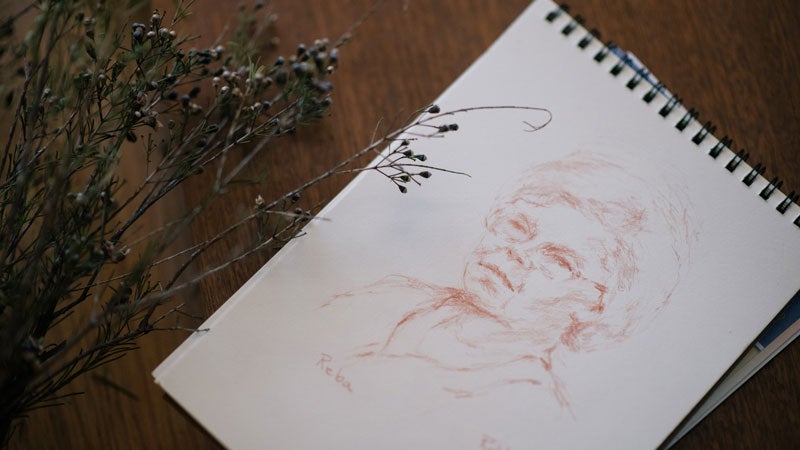 With her long résumé of work under her belt, Rollina says it’s common for her to encounter people who have been impacted by her work. “I’ll have people come up to me and say, ‘You drew my daughter when she was 6. We still have her picture hanging on the wall and we really love it, and now she’s 36,’” she says with a laugh.
With her long résumé of work under her belt, Rollina says it’s common for her to encounter people who have been impacted by her work. “I’ll have people come up to me and say, ‘You drew my daughter when she was 6. We still have her picture hanging on the wall and we really love it, and now she’s 36,’” she says with a laugh.
She recalls a time when a woman made a special request. “One time this woman came up to me and said, ‘My grandfather is coming in from Taiwan and I’m going to bring him right from the airport to here. And I want you to make a sketch of him.’ So she went to the airport, got her grandfather, brought him right to the mall in Tuscaloosa for me to draw him…He was fantastic. It was so fun to draw him. It really was.”
A founding member of the Mountain Brook Art Association, Rollina has taught art to everyone from teenagers to the elderly. She currently leads arts and crafts classes for the residents at Columbia Cottages in Cahaba Heights, where she herself currently resides. That art still brings joy to her heart as well. “I love to show people that faces are all very similar,” she says. “It’s the little, tiny things that make the difference that makes a person like [themselves], but you have to be able to see it by looking at all of these different things.”
One of her favorite aspects of teaching is helping her students illustrate the way they see the world as opposed to someone else’s point of view. “Everyone has their own talent. They’ve got their own way of looking at things. Therefore, I don’t want you to try to do what I do because that’s not you,” she says. “So I try to teach people to see relationships, to see negative spaces, to see shapes. I use a lot of different techniques to teach people to see because what they see is unique to them.”
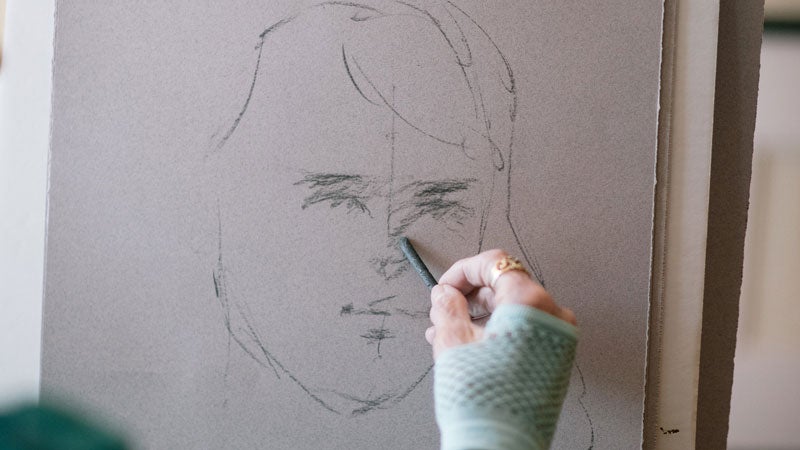 Often Rollina is approached by past students or models. While she may not remember names, she definitely remembers faces—her students more so than her models. “When a person sits [for an artist], all of a sudden they’re not a personality as such, they’re something that you’re trying to recreate on your paper. It’s like looking at a flower,” she says.
Often Rollina is approached by past students or models. While she may not remember names, she definitely remembers faces—her students more so than her models. “When a person sits [for an artist], all of a sudden they’re not a personality as such, they’re something that you’re trying to recreate on your paper. It’s like looking at a flower,” she says.
As she looks at her work that hangs throughout her room, Rollina talks about why people should take a new approach to how they think about art. “I think that to enjoy art you need to learn something about it,” she says. “Because people will say, ‘I know what I like but I don’t know why.’ And I think people need to learn–too many people don’t understand art at all. I wish that the schools would teach art more, and I think everyone should have the chance to try to do art, particularly when they’re young because they aren’t afraid.”

